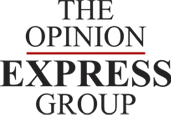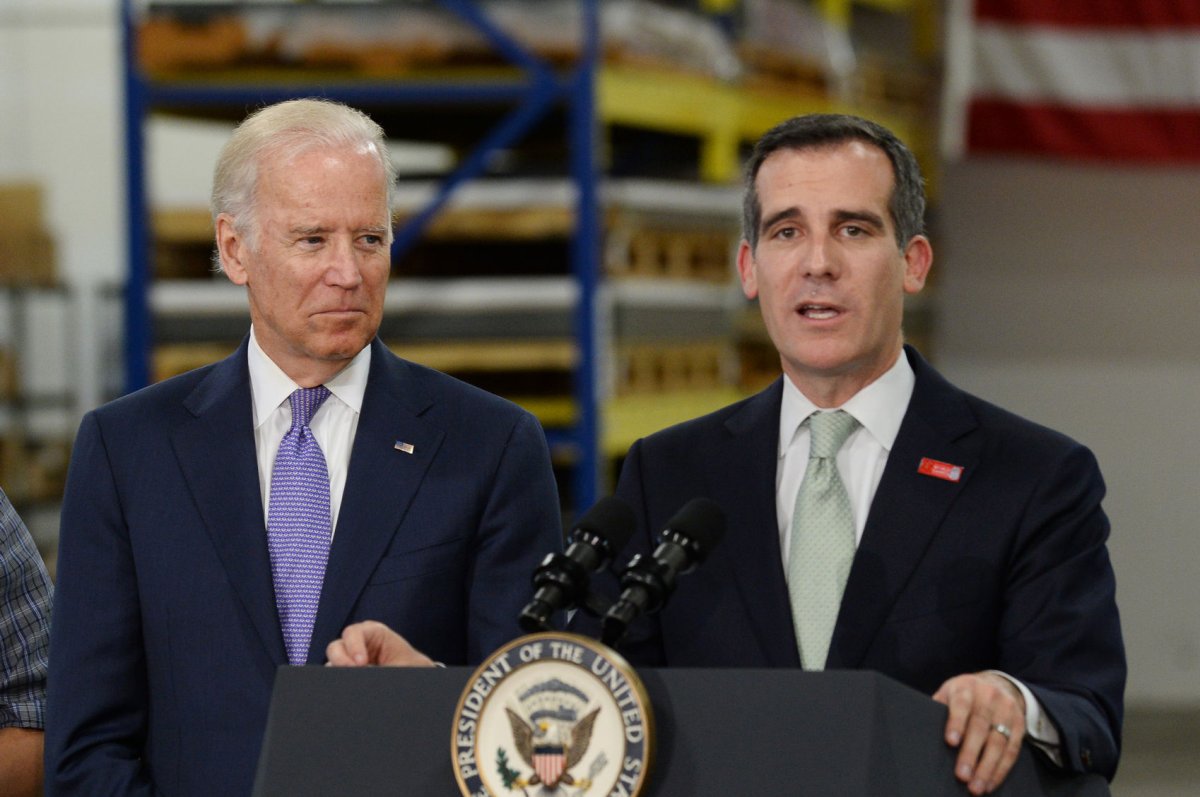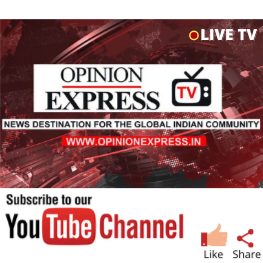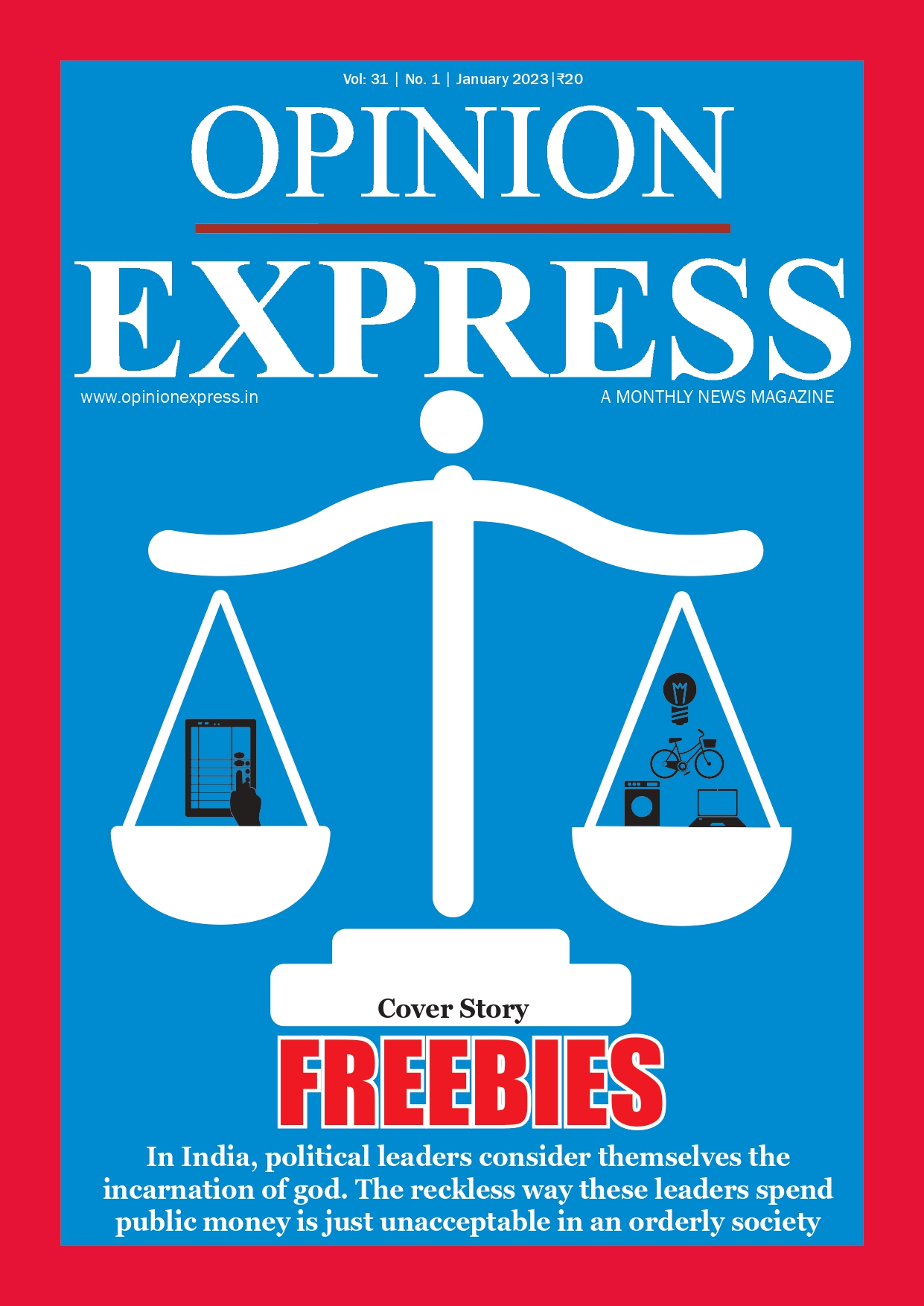Canada Day, which is celebrated every year on July 1, is one of the most important national holidays in Canada's history. This year, Canada celebrates the 158th birthday of its nation.
The day is crucial for bringing Canadians together and fostering Canadian identity. It honours the passing of the British North America Act in 1867, which made Canada a self-governing Dominion.
Canadians at home and abroad may show their national pride, celebrate diversity, and enhance solidarity on this day. Parades, fireworks, concerts, and community gatherings are common parts of celebrations that show how lively the nation is. These events show what Canada was meant to be, who it is, and how it came together. It is significant in and of itself that the day has a name. The name changes from "Dominion Day" to "Canada Day" in 1982 shows how Canadian identity has changed over time, moving away from its colonial roots to a more autonomous and inclusive national story.
This name change is more than simply a formality; it shows that Canada has grown up as an independent country that cherishes its identity, pluralism, and independence more than anything else. It shows that the founders' aim was too focused on Britain and not wide enough to include other countries. This allows us to view the celebration as a dynamic identity rather than a static moment in history.
The British North America Act, which went into effect on July 1, 1867, is what Canada Day is based on. This law formed the Dominion of Canada out of three British colonies: Nova Scotia, New Brunswick, and the Province of Canada. Originally, the day was called "Dominion Day," but in 1982, it was formally renamed to "Canada Day." The day honours the country's history, its democratic traditions, and the ideas upon which it was built. This change to Canada Day represents the country's journey toward independence, but it also makes many wonders how independent that independence really is when it comes to the rights of Indigenous peoples and past wrongs. The shift makes it hard to balance jubilation with critical thinking. If a country is celebrating its "birth," it's important to consider whose birth it is and what it means for those who were already there or whose history is tied to the country's birth in a different way.
In the past, Canada Day has had problems and arguments, especially when it comes to the point of view of Indigenous peoples and the desire for reconciliation. Many Indigenous people do not celebrate July 1; instead, they grieve or protest. This shows that the process of building a national identity is still going on, not over. The name changes are a sign that the country is moving away from its colonial past, but the continuing conflicts show that facing uncomfortable realities about the past and working toward reconciliation are necessary for real national unity and an identity that includes everyone. The "reflection" part is about what you've done well and what you're still working on.
The main goals of Canada Day festivities
Canada Day celebrations include more goals than just having fun. They also include learning, establishing community, and exchanging cultures. These goals show that Canada Day is a planned national celebration meant to strengthen important Canadian values.
The fundamental goal of these events is to honour Canada's birth as a country and to promote national pride, diversity, and togetherness among its people. The goal of Canada Day is to teach people, particularly kids, about the country's history, ideals, and democratic principles. These events help bring people together, make them feel like they belong in a group, and help people feel like they share an identity.
The day is a great chance for cultural exchange, when different groups, like the Punjabi community, show off their history via cuisine and entertainment, adding to the richness of the country. The Punjabi community and other groups that are involved in "cultural exchange" show that there is a clear goal to make diversity a part of national celebrations. This shows that Canada Day is a way to establish a country through diversity. It's not enough to merely celebrate the creation of the country; we need to keep "re-establishing" it by actively including and appreciating all of its different people. Adding populations like the Punjabi community is not just a side note; it is a direct fulfillment of a basic purpose: to show that diversity is not a problem but a source of strength and a vital aspect of Canadian identity.
Many Punjabi cultural organizations put on Punjabi Canada Day Mela, when people sing, dance, and spend time with their families. In Mark Carney's liberal administration, speeches by government officials from city to city and province to province, including our 21 Indian elected members of parliament, highlight the next generation what we have accomplished in Canada and what we can all do together to make the future better.
It's also a moment to think on the country's successes, face issues, and establish goals for the future, which inspires people to become involved in their communities. The focus on education, community, and cultural exchange makes sure that the celebration is not only for show, but is based on civic involvement and national growth.
At the official level, the Government of Canada also celebrates Canada Day with tremendous passion and plans the activities. Canada Day is a big federal holiday. Canadian Heritage puts on concerts and cultural acts on the front lawn of Parliament Hill in Ottawa, the capital of Canada. There are two shows, one in the afternoon and one in the evening. The Snowbirds fly over after the singing of "O Canada" in English and French, which is how these ceremonial events usually start. Usually, the Prime Minister and the Governor General are in charge of these ceremonies.
They also typically serve on organizing committees, where they assist in organizingand carry out different events. Their participation typically helps people of different generations connect, which lets younger Canadians learn from their elders and understand the country's history.
Canadians use this day to reflect on their country's successes, issues, and future goals. This inspires people to become involved in their communities. The day encourages understanding and peace across cultures by showing how diverse cultures can live together and contribute to what it means to be Canadian. National symbols like the maple leaf and the red and white hues typically send the message. These symbols make people feel like they are part of a larger group and are proud of it.
The main message of Canada Day is to come together and celebrate, but the underlying exhortation to "consider the challenges" also underscores that we still need to make peace with Indigenous peoples. This message is complicated and has many layers. It combines national pride with a promise to repair past wrongs and work toward a fairer future.
There is a lot of disagreement over Canada Day festivities, especially when it comes to the views of Indigenous peoples and the need for reconciliation. For a lot of Indigenous people, July 1 is a day to remember colonialism.
Canada Day is a joyful celebration of a journey that started in 1867. That trip has been full of support, teamwork, and optimism. On July 1, as Canadians hoist the maple leaf flag, let's celebrate our liberties and promise to make Canada even stronger and more welcoming for future generations.
Surjit Singh Flora is a freelance writer and journalist who lives in Brampton, Canada.








 OpinionExpress.In
OpinionExpress.In















Comments (0)